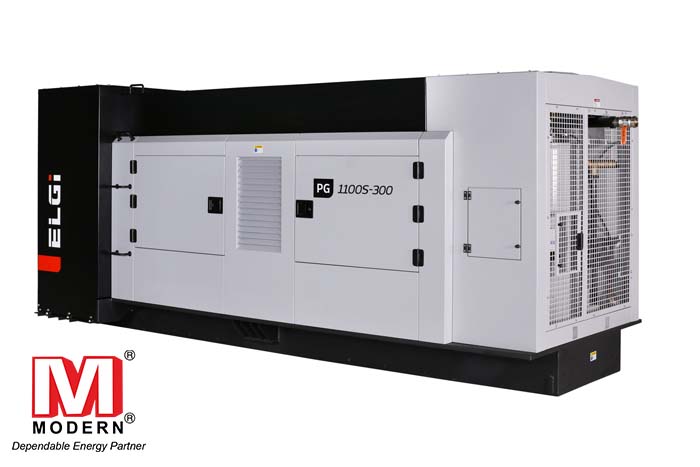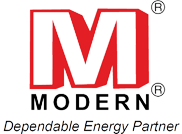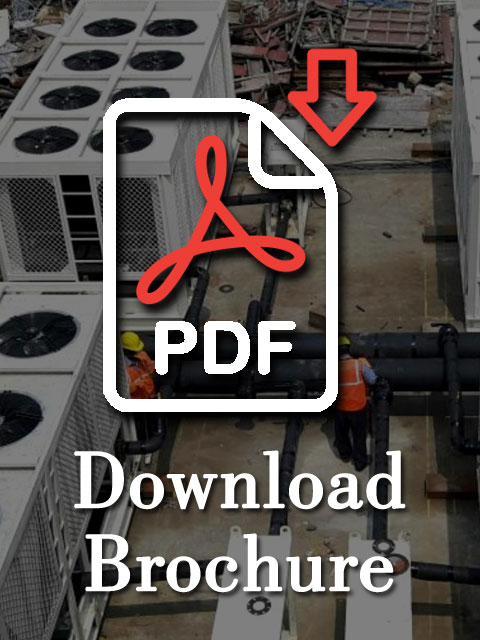
Understanding Compressor Specifications: What You Need to Know
When it comes to industrial and commercial applications, compressors play a crucial role in various processes, from powering tools to facilitating HVAC systems. However, selecting the right compressor for your needs involves understanding its specifications. This article will break down the essential compressor specifications and what they mean for your projects.
1. CFM (Cubic Feet per Minute)
CFM measures the volume of air that a compressor can deliver in one minute. It is a critical specification that indicates the compressor’s capacity to perform tasks. Depending on your application, you may need a higher or lower CFM rating. For instance:
- Low CFM: Suitable for small tools like nail guns and paint sprayers.
- High CFM: Necessary for larger equipment such as sanders and industrial tools.
Before renting or purchasing a compressor, assess the CFM requirements of the tools you plan to use to ensure optimal performance.
2. PSI (Pounds per Square Inch)
PSI is a measure of the air pressure produced by the compressor. It determines how much force the air will exert when it is released. Different applications require different PSI levels:
- Standard Tools: Most hand tools operate efficiently at 90-120 PSI.
- Specialized Equipment: Some pneumatic tools or spray guns may require higher PSI levels for optimal performance.
Understanding the PSI requirement for your specific application will help you choose the right compressor that meets your needs.
3. Tank Size
The tank size of a compressor affects how long it can run before needing to refill. Compressors with larger tanks can store more air and provide a steady airflow for extended periods, which is especially beneficial for continuous-use applications. Here’s a quick overview:
- Small Tanks (1-6 gallons): Ideal for portable compressors used for occasional tasks.
- Medium Tanks (6-20 gallons): Suitable for home or small workshop use.
- Large Tanks (20 gallons and above): Best for heavy-duty applications, providing sustained pressure without frequent cycling.
Choose a tank size that aligns with your project duration and air consumption needs.
4. Power Source
Compressors can be powered by electricity, gasoline, or diesel. The choice of power source depends on where you will be using the compressor:
- Electric Compressors: Ideal for indoor use and smaller tasks. They are quieter and require less maintenance.
- Gasoline/Diesel Compressors: Suitable for outdoor projects and heavy-duty tasks. They offer portability but can be louder and produce emissions.
Consider your work environment and the availability of power sources when selecting a compressor.
5. Compressor Type
There are several types of compressors, each designed for specific applications. Understanding the different types can help you make an informed decision:
- Reciprocating Compressors: Commonly used for general-purpose applications, these compressors use pistons to compress air.
- Rotary Screw Compressors: Best for continuous operation, they provide a steady air supply and are often used in industrial settings.
- Scroll Compressors: Known for their energy efficiency and quiet operation, they are commonly used in HVAC systems.
Select a compressor type that fits the demands of your specific application.
Final Thoughts
Understanding compressor specifications is crucial for making an informed decision when renting or purchasing a compressor. By paying attention to CFM, PSI, tank size, power source, and compressor type, you can ensure that you select the right equipment for your needs. This knowledge not only enhances the efficiency of your operations but also helps you avoid unnecessary costs and downtime.
For expert guidance and high-quality compressor rentals in Mumbai, consider Modern Energy Rental Pvt. Ltd. We are dedicated to providing the right equipment tailored to your specific needs, ensuring smooth and efficient project execution.

